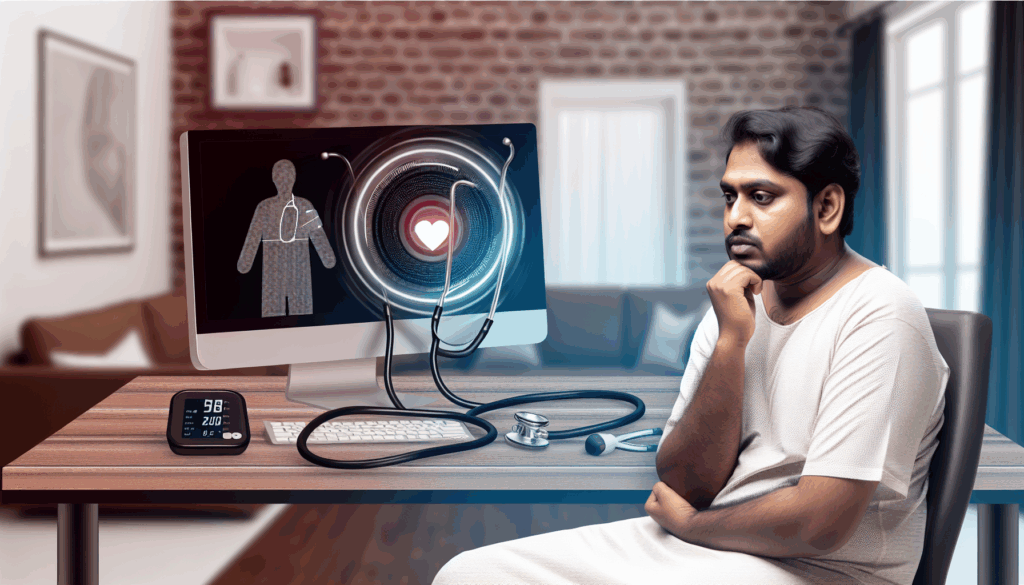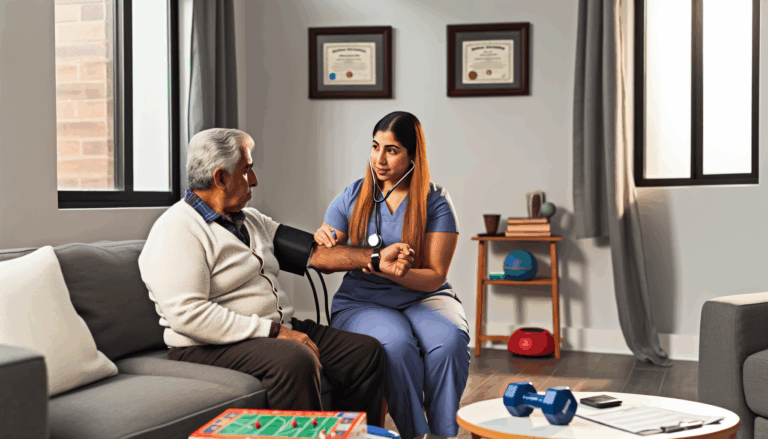Telemedicine has emerged as an innovative solution for delivering health care, especially in the context of home health care. By leveraging technology, telemedicine enhances access to healthcare services, enables efficient management of chronic conditions, facilitates remote consultations, and fosters continuous patient monitoring—all from the comfort of patients’ homes. Consequently, it significantly contributes to improving the quality of life for home health care patients.
What Is Telemedicine?
Telemedicine refers to the use of communication technology to provide health care services remotely. This includes everything from virtual appointments with healthcare providers to remote monitoring of patient health through smart devices. Telemedicine covers various areas, including primary care, specialist consultations, mental health services, and health education.
The Benefits of Telemedicine in Home Health Care
1. Enhanced Accessibility
Telemedicine makes healthcare services more accessible to patients, particularly those who live in remote areas or who have mobility limitations. It eliminates travel time, making it easier for patients to access care.
2. Improved Health Outcomes
By providing timely access to care, telemedicine improves the management of chronic conditions, reduces hospital readmissions, and leads to better health outcomes overall.
3. Cost Savings
Telemedicine can result in significant cost savings for patients by eliminating the need for travel and reducing the likelihood of unnecessary hospitalizations.
Best Practices for Telemedicine in Home Health Care
1. Invest in Reliable Technology
To implement telemedicine effectively, it’s essential to use robust and user-friendly technology. This includes the platforms for video consultations and the devices for remote monitoring.
2. Prioritize Data Privacy
As telemedicine involves the transmission of health information digitally, it’s crucial to ensure the privacy and security of patient data. Adhering to data privacy laws and incorporating secure digital encryption methods is key.
3. Train Healthcare Providers and Patients
Both healthcare providers and patients should be adequately trained on how to use the technology. This makes the telemedicine experience smoother and more effective.
Telemedicine is revolutionizing home health care by offering a more convenient, cost-effective, and efficient healthcare delivery method. By leveraging this technology, we can work towards building a healthcare system where everyone, regardless of their location or mobility, has access to quality healthcare services.
Note: Always consult with healthcare professionals before making any major changes to your healthcare routine. Telemedicine may not be suitable for all types of health conditions and it does not replace emergency medical care.



